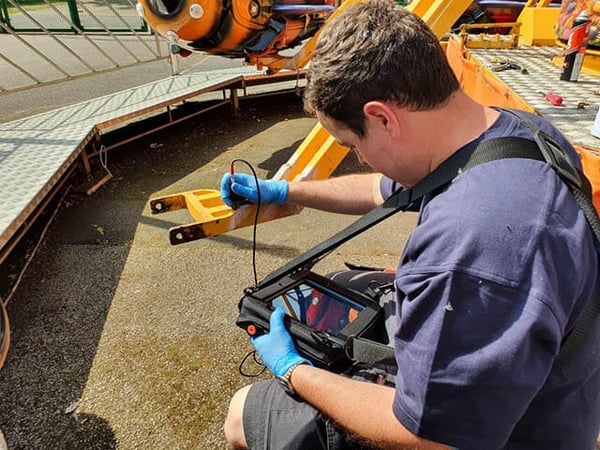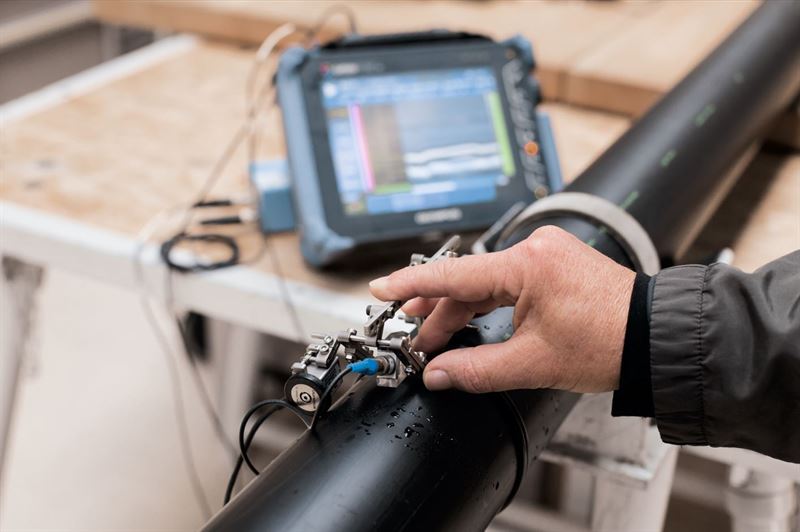In this case study on vibration frequency synchronization, we delve into the intricate world of harmonizing mechanical and structural vibrations. This study not only highlights the significance of synchronizing vibration frequencies but also explores its profound impact on various industries. By understanding the nuances of this process, we can enhance the efficiency and accuracy of many applications.

Introduction to Vibration Frequency Synchronization
Vibration frequency synchronization is an essential process that aligns the vibrational frequencies of different systems or components. This alignment is crucial for reducing noise, increasing lifespan, and improving the overall performance of mechanical systems. Industries ranging from automotive to aerospace greatly benefit from these practices.
Why Synchronization Matters
Synchronization of vibration frequencies is vital because it prevents destructive resonance, which can lead to mechanical failure. By ensuring that components vibrate in harmony, systems can function more smoothly and efficiently.
Impact on Industrial Applications
The ability to synchronize vibration frequencies has profound implications in industrial settings. For example, in manufacturing, synchronized vibrations can enhance the precision of crack detection technologies. Similarly, in the automotive industry, synchronized systems lead to quieter and more reliable vehicles.
Case Study Overview
This case study examines the implementation of vibration frequency synchronization in a leading automotive company. The study focuses on the processes, challenges, and outcomes of integrating synchronization technology into their production line.
Challenges in Synchronization
One of the primary challenges in vibration frequency synchronization is accurately measuring and adjusting frequencies in real-time. This requires sophisticated sensors and control systems that can dynamically alter frequencies as needed.
Technical Barriers
Implementing synchronization technology often involves overcoming technical barriers such as sensor accuracy and response time. Additionally, integrating these systems into existing infrastructures can be complex and costly.
Synchronization Methods
There are several methods used to achieve vibration frequency synchronization. These include passive methods, which rely on natural damping, and active methods, which use electronic controls to adjust frequencies.
Active vs. Passive Methods
Active synchronization methods are generally more precise but require more complex systems and energy inputs. In contrast, passive methods are simpler but may not provide the same level of accuracy.
Case Study Findings
The case study revealed that by implementing active synchronization methods, the automotive company improved the durability and performance of its vehicles. The synchronization led to significant reductions in noise and mechanical wear.
Industry Implications
The successful implementation of synchronization technology in this case study demonstrates its potential across various industries. As technological advancements continue, the adoption of synchronization practices will likely become more widespread.
Future of Vibration Synchronization
The future of vibration frequency synchronization looks promising, with ongoing research and development aimed at enhancing the precision and efficiency of these systems. Innovations in sensor technology and data analytics are expected to drive further advancements.
Potential Developments
Future developments may include smarter, more autonomous synchronization systems that can adapt to changing conditions without human intervention. These systems could revolutionize industries by providing unprecedented levels of efficiency and reliability.
Conclusion
The case study on vibration frequency synchronization highlights the transformative potential of this technology. By harmonizing vibrations, industries can achieve new levels of performance and reliability. As research progresses, we can expect to see even more innovative applications of synchronization technology.

FAQs
What is vibration frequency synchronization?
Vibration frequency synchronization is the process of aligning the vibrational frequencies of different systems to improve performance and reduce mechanical wear.
Why is synchronization important in industries?
Synchronization prevents destructive resonance, reduces noise, and increases the lifespan of mechanical systems, making it essential for various industrial applications.
What are the future prospects for vibration synchronization?
The future of vibration synchronization includes smarter systems with enhanced precision and efficiency, driven by advancements in sensor technology and data analytics.
For more information on the importance of equipment inspections and frequency settings, you can visit this reliable source.
This article contains affiliate links. We may earn a commission at no extra cost to you.
